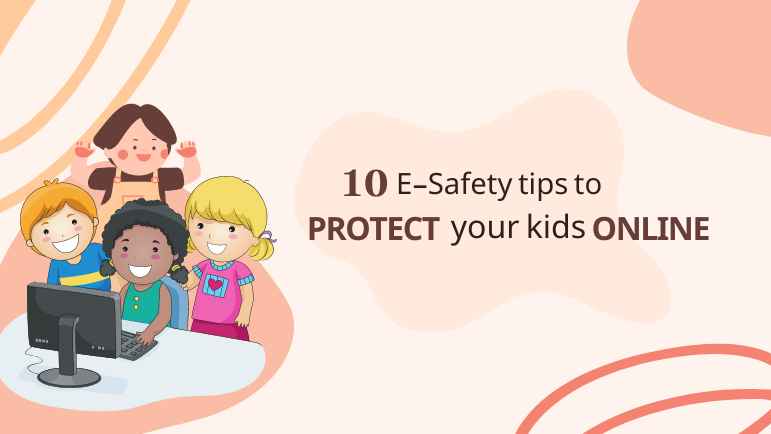
In today's digital age, e-safety for kids is of utmost importance. This introduction sheds light on the significance of teaching children about online safety. It emphasizes the need to protect personal information, navigate online risks, and promote responsible digital citizenship. By instilling these principles, we empower children to safely explore the vast virtual world while fostering a positive online experience.
When it comes to ensuring the safety of kids while using the internet, here are some important safety measures to consider:
Establish open communication: Create an environment where your child feels comfortable discussing their online experiences, concerns, or questions with you. Encourage open dialogue about internet safety and address any issues or risks they may encounter.
Set clear rules and boundaries: Establish age-appropriate guidelines and rules for internet usage. This may include setting time limits, specifying websites or apps that are allowed, and outlining acceptable online behavior.
Use parental controls and filters: Enable parental control features on devices and internet browsers to restrict access to inappropriate content. Filter search results, block specific websites, and monitor online activities to ensure a safer online experience
Educate about online risks:Teach your child about the potential risks of the internet, such as cyberbullying, online predators, and phishing scams. Help them understand how to identify and respond to these risks appropriately.
Teach responsible online behavior: Emphasize the importance of treating others with respect online and not sharing personal information, including full names, addresses, phone numbers, or passwords, without your permission. Encourage responsible use of social media platforms and remind them to think before they post anything online.
Teach digital citizenship: Instill good digital citizenship values in your child, including being mindful of their online footprint, respecting others' privacy, and being responsible for their actions online.
Monitor online activities: Regularly monitor your child's online activities, including the websites they visit, social media interactions, and messages they send/receive. This will help you stay aware of any potential issues and address them promptly.
Encourage safe passwords: Teach your child the importance of using strong and unique passwords for their online accounts. Help them create passwords that are a combination of letters, numbers, and symbols, and discourage using easily guessable information like birthdays or names.
Be aware of privacy settings: Familiarize yourself with the privacy settings of websites, apps, and social media platforms that your child uses. Adjust the settings to ensure maximum privacy and restrict unnecessary sharing of personal information.
Lead by example: Be a role model for responsible internet usage. Practice safe online habits yourself and demonstrate appropriate behavior when using the internet.
Remember, staying involved and engaged in your child's online activities is crucial. By implementing these safety measures and maintaining open communication, you can help protect your child from potential online risks and ensure their online experiences are positive and secure.